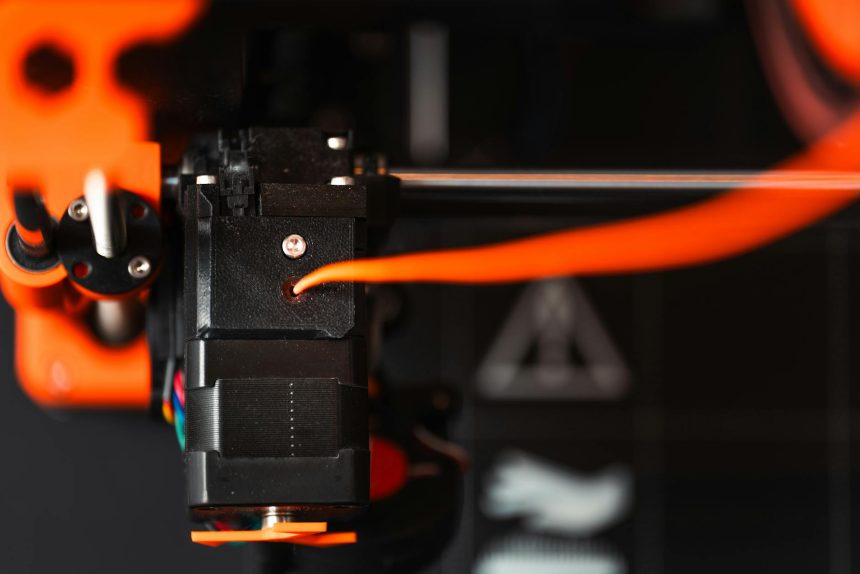provably-safe-emergent-behavior-models-advanced-materials
Provably-Safe Emergent Behavior Models for Advanced Materials
The realm of advanced materials is characterized by breathtaking innovation, but also by inherent unpredictability. As materials become more complex, their emergent behaviors – properties that arise from the interactions of their constituent parts – can be difficult to anticipate. This is where the concept of provably-safe emergent behavior models for advanced materials becomes not just desirable, but essential. Imagine designing a new composite that self-heals, or a smart fabric that adapts to its environment; ensuring these extraordinary capabilities are also safe and reliable is the grand challenge we’re addressing.
Understanding Emergent Behavior in Advanced Materials
Emergent behavior refers to phenomena that are not properties of individual components but arise from the collective interactions within a system. In advanced materials, this can manifest as self-assembly, phase transitions, or unexpected mechanical responses under stress. Traditional design methodologies often struggle to account for these complex, non-linear interactions.
The Challenge of Unpredictability
For instance, nanoscale materials can exhibit quantum effects that alter their bulk properties. Similarly, multi-component alloys might display a strength far exceeding that of their individual elements. Without a robust framework to predict and control these emergent traits, the integration of such materials into critical applications like aerospace, medicine, or energy systems carries significant risk.
What are Provably-Safe Emergent Behavior Models?
At its core, a provably-safe emergent behavior model aims to provide rigorous, mathematical guarantees about the safety and reliability of a material system, even when its behavior is emergent. This goes beyond simple simulation or empirical testing. It involves developing theoretical frameworks and computational tools that can demonstrate, with a high degree of certainty, that a material will not exhibit hazardous or undesirable emergent properties under specified operating conditions.
Key Pillars of Provable Safety
Achieving provable safety involves several critical components:
- Formal Verification: Applying mathematical logic and rigorous proof techniques to verify system properties.
- Robust Modeling: Developing models that accurately capture the underlying physics and chemistry governing emergent behavior.
- Uncertainty Quantification: Quantifying the potential range of emergent behaviors and ensuring safety across all plausible scenarios.
- Runtime Monitoring: Implementing systems that can detect deviations from expected safe behavior in real-time.
Designing for Predictability and Control
The development of provably-safe emergent behavior models for advanced materials is an active and exciting field. Researchers are exploring various approaches:
- Agent-Based Modeling (ABM): Simulating the interactions of individual “agents” (atoms, molecules, or larger structural units) to observe emergent macroscopic behavior. ABM allows for the testing of different interaction rules to see how they influence the overall system.
- Formal Methods in Material Science: Adapting techniques from computer science and control theory, such as model checking and theorem proving, to rigorously analyze material behavior.
- Machine Learning with Safety Guarantees: Developing AI models that not only predict emergent behavior but also provide verifiable safety bounds. This often involves integrating physics-informed neural networks or reinforcement learning with formal verification techniques.
Case Study: Self-Healing Polymers
Consider self-healing polymers. An emergent property is their ability to autonomously repair micro-cracks. A provably-safe model would not only predict the healing efficiency but also guarantee that the healing mechanism itself doesn’t introduce new vulnerabilities or toxic byproducts under various environmental stresses (temperature, humidity, chemical exposure). This ensures the material remains structurally sound and biologically inert.
The Future of Safe Material Innovation
The integration of provably-safe emergent behavior models is poised to revolutionize how we design and utilize advanced materials. It shifts the paradigm from reactive problem-solving to proactive, safety-first design. This approach is crucial for unlocking the full potential of materials in fields where failure is not an option.
Benefits for Industry and Society
The implications are profound:
- Enhanced Reliability: Critical components in aircraft, medical implants, and infrastructure will be demonstrably safer.
- Accelerated Development: By reducing the need for exhaustive empirical testing, innovation cycles can be shortened.
- New Application Frontiers: Previously too risky, applications in extreme environments or sensitive biological systems become feasible.
Ultimately, the pursuit of provably-safe emergent behavior models for advanced materials is about building trust. It’s about ensuring that the incredible capabilities emerging from complex material science are not only powerful but also dependable, paving the way for a future built on innovation that we can truly rely on.
Learn more about the cutting-edge research in material science and AI safety by exploring resources from leading institutions like the National Institute of Standards and Technology (NIST) or academic journals focused on materials engineering and formal methods.
Ready to explore the next generation of material design? Discover how provable safety can unlock your project’s full potential.
© 2025 thebossmind.com
Featured image provided by Pexels — photo by Jakub Zerdzicki







